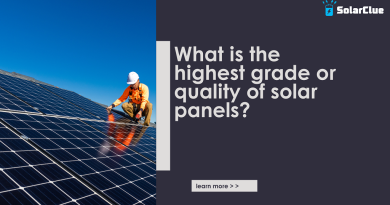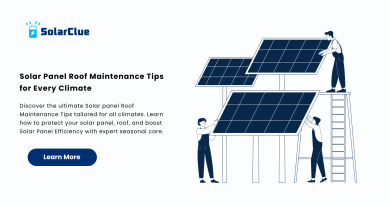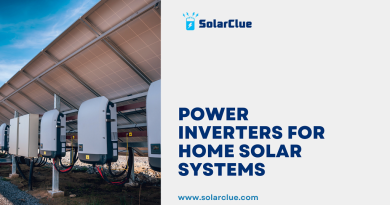Bifacial Solar Panels 2
Table of Contents The rapid integration of renewable energy into the mainstream energy matrix is an important step in reducing global dependence on fossil fuels. As the world continually invests in sustainable emissions reduction strategies, the importance of identifying efficient and cost-effective renewable energy technologies has surged, leading us to innovations like bifacial solar panels. Providing more power output than their traditional counterparts while using the same surface area, bifacial solar panels have become an increasingly attractive option to meet the planet’s demand for clean, sustainable energy. Bifacial solar panels are photovoltaic (PV) panels designed to generate power from both sides, effectively capturing sunlight not only from the direct path of the sun but also from the light reflected by the surrounding environment. In contrast to traditional monofacial solar panels, which only have one active face, bifacial panels have photovoltaic cells on both sides of the panel. Both sides are equipped with glass, making them durable, long-lasting, and resistant to various weather conditions. The ability to capture reflected light from the rear side significantly increases their power generation capabilities. The functionality of bifacial solar panels is based on their unique structure and optimized installation. Designed with two-faced PV cells, bifacial panels capture light from both sides. This capability is further leveraged with the placement strategies for these panels. Ideally, they are installed elevated off the ground or over highly reflective surfaces such as light-colored roofs or water bodies. Sunlight, after directly reaching the front side of the panel, is reflected off the ground or other surfaces and then absorbed by the panel’s rear side. The dual-sided exposure results in a higher energy output, often reaching up to 30% more than conventional solar panels. Bifacial solar panels bring a suite of advantages over traditional solar panels, making them a desirable option for both residential and commercial use. The most significant benefit is their enhanced energy production. With the inherent capability to absorb sunlight from both sides, they present a higher energy yield as compared to monofacial panels. The ability to harness albedo (reflected light) can result in anywhere from 5-30% more energy, depending on the reflecting surface’s color and material. Additionally, due to their dual-sided glass design, bifacial solar panels are significantly more durable and less prone to environmental damage. This characteristic results in heightened lifespan and increased value for the investment over time. Plus, they also offer greater flexibility during installation, owing to their efficient performance under various conditions, including flat or tilted positioning or mounted at a height. While bifacial solar panels carry immense potential, like any technology, they are not without their considerations. For instance, their installation requires expert planning to maximize light capturing efficiency. However, with the right approach and professional help, these challenges can be navigated successfully. In conclusion, the world’s thrust towards a more sustainable future brings with it the need to harness renewable energy effectively. The emergence and advancement of bifacial solar panels underscore this fact. As an innovative solution that increases energy output and promotes efficiency, bifacial solar panels indeed hold a key role in shaping a robust, more resilient, and sustainable energy future.Introduction to Bifacial Solar Panels
What are Bifacial Solar Panels?
How do Bifacial Solar Panels Work?
Advantages of Bifacial Solar Panels
Considerations and Conclusion



